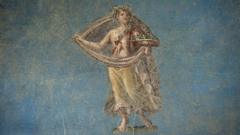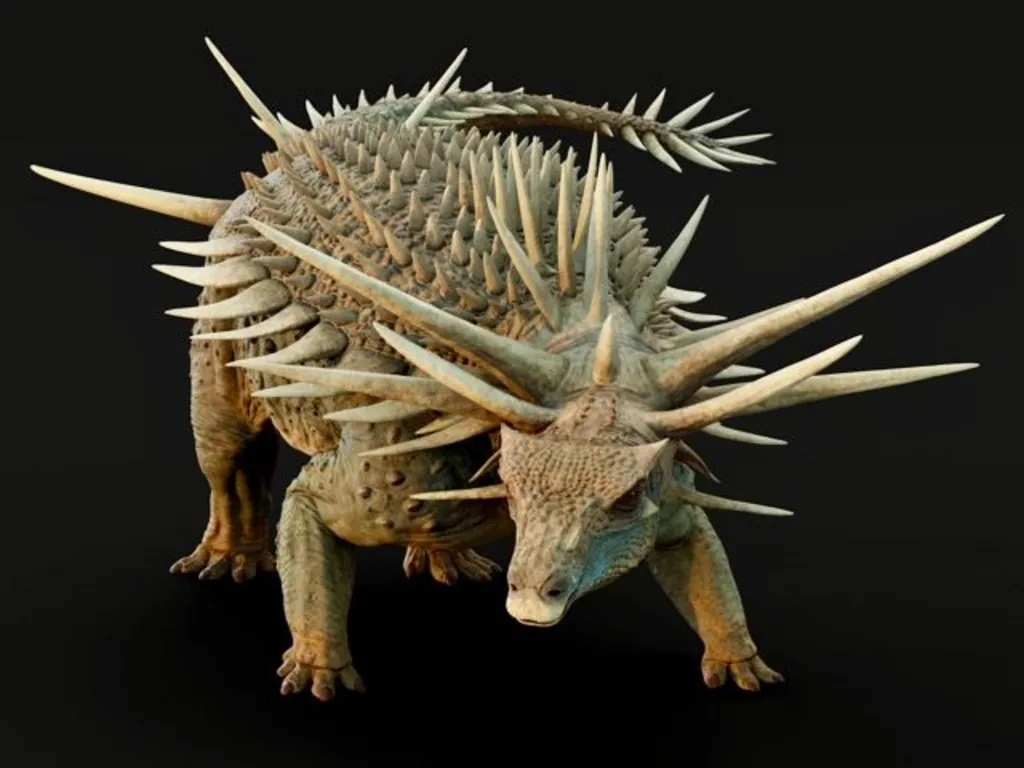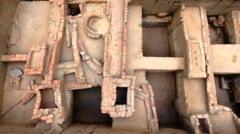After being buried for two millennia beneath layers of volcanic ash, a breathtaking "once-in-a-century" archaeological find has emerged in Pompeii, Italy. A lavish private bathhouse, believed to be one of the largest ever discovered in the ancient city, includes various thermal rooms, exquisite artworks, and a vast plunge pool. This remarkable structure was found at the center of a grand residence, part of a significant excavation effort ongoing for the past two years.
Dr. Gabriel Zuchtriegel, director of the Archaeological Park of Pompeii, described the site as representing the "Pompeii effect," where the remnants give the impression of life continuing just moments before the eruption. The vibrant bathhouse features richly colored changing rooms with mosaic floors and stone benches, emphasizing the social and hygienic culture of the time.
Additionally, the discovery led to the analysis of two skeletons found within the premises, signifying the chaos faced by Pompeii's residents during the catastrophic eruption of Mount Vesuvius in AD 79. One skeleton, that of a middle-aged woman, was found clutching jewelry and coins, while a younger male, estimated to be in his early twenties, was discovered in a corner of the room. It appears these individuals barricaded themselves, ultimately succumbing to the fast-moving pyroclastic flow.
The excavation has also uncovered a complete city block, which includes laundry facilities and a bakery, likely owned by one affluent individual—potentially Aulus Rustius Verus, a prominent political figure of Pompeii. Dr. Zuchtriegel noted that only a handful of residences are known to have such elaborate bathing complexes, suggesting this find underscores the wealth of its former owner.
The bathing experience would involve moving through various rooms, beginning with the hot room, followed by a warm room for oil treatments, and concluding in the frigidarium, known for its grand plunge pool. Dr. Zuchtriegel enthused that in the hot summers, these bathing areas must have provided not only a physical retreat but a social experience, combined with leisurely conversations over a drink.
Throughout the excavation process, the span of life in this house has come to light, including a stunning banqueting chamber adorned with dark walls and classic artwork, a small intimate prayer room, and even remnants of ongoing renovations.
The tragic aspects of Pompeii slowly come into focus as well; the remnants of two individuals who failed to escape the eruption reveal the stark contrast between the opulence of the bathhouse and the grim realities faced by others during the catastrophe.
The work is nearing completion, and Dr. Anna Onesti, who oversees the excavation, echoes the excitement of discovery, mentioning that exceptional finds continue to emerge daily. Once concluded, the site will be accessible to the public, bringing ancient Roman life closer to today's audiences.
The ongoing efforts and discoveries in Pompeii promise to unravel more mysteries and stories, giving an unparalleled insight into both the luxurious and harrowing aspects of life during one of history's most infamous disasters.






















